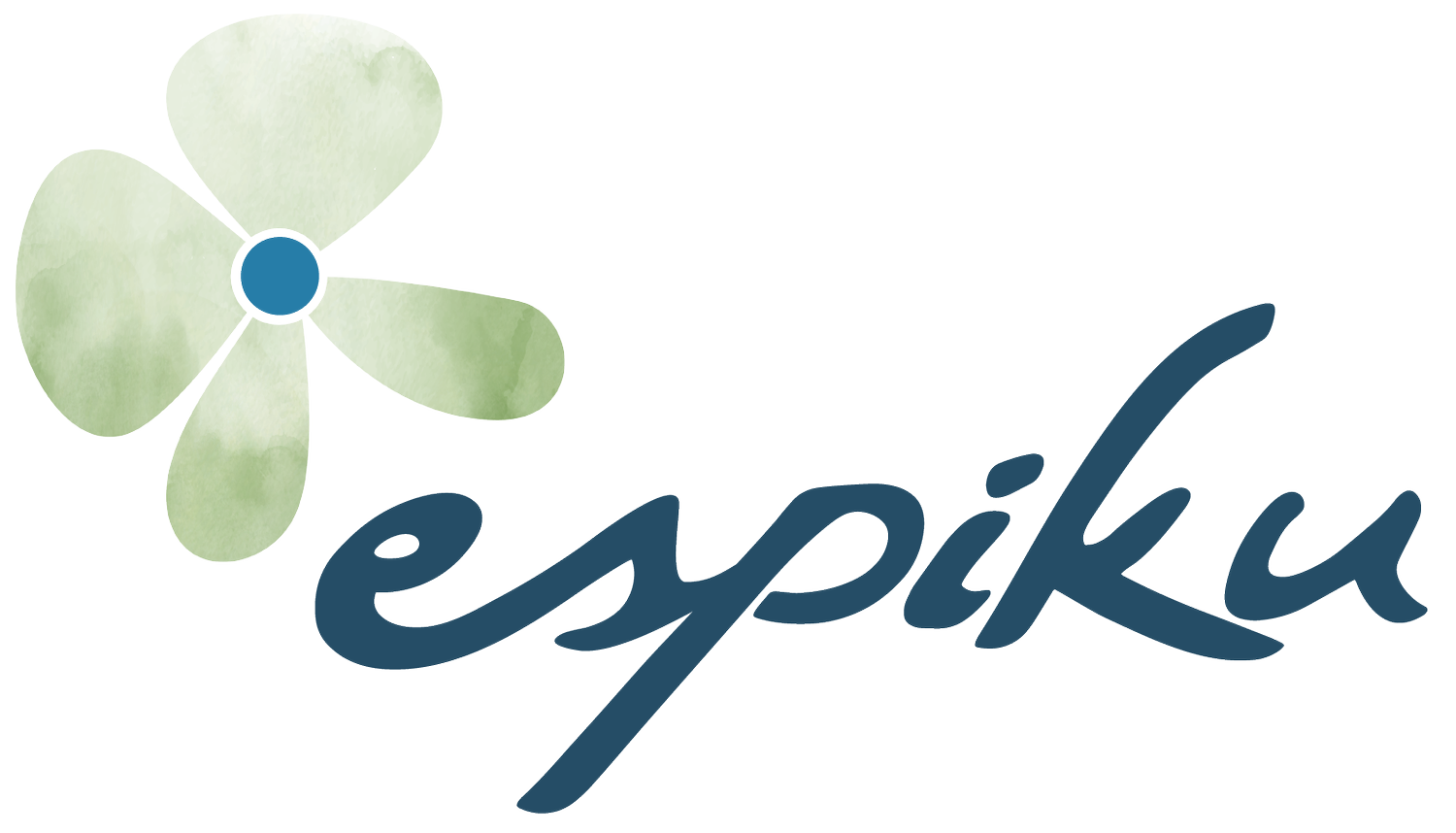
Espiku’s technologies leverage low-pressure & temperature evaporative cycles to extract clean water and valuable minerals from industrial wastewater or continental and geothermal brines with zero liquid discharge, no membranes and no fouling. We only produce clean water & solid salts.
Production of Lithium Carbonate and Hydroxide by Two-Stage Thermal and Cyclonic Desalination
Our technology addresses a vital technological and national security need by producing Li salts from domestic sources with a cost-effective and environmentally benign containerized process. Our technology will displace the environmentally damaging solar evaporation ponds used today. We project that our technology will reduce the cost of Li2CO3 by over 80% compared with today’s spot market price and by almost half compared with today’s production cost. In addition to this cost reduction, our transformational impact is in turning U.S. brine deposits into valuable resources for environmentally benign Li production, thereby enhancing our national energy security in an era marked by rapid electrification of the transportation sector and grid scale electricity storage.
Selective Condensation and Evaporation using Precise Temperature Regulation (SCEPTER)
Utility patent applications for our cycle have been submitted and are pending review (16/985,020 & 16/985,043). We have successfully treated 30% contaminated water to 2.5% contaminants in a once through treatment process. Development of our process has been funded in part by the Department of Energy (DOE) and Advanced Research Projects Agency–Energy (ARPA-E). We are among the quarterfinalists for the SETO American-Made prize to develop a pilot plant.
Our produced water treatment system is unique in the regard that it removes clean water from contaminants instead of removing the contaminants from the water. This means it is wastewater agnostic and well-suited for a variety of wastewater such as flowback and produced water. The entire system is modular and fits inside a 40' shipping container. This system will be capable of treating 630 bbl/day. A detailed TEA can be found here, and a pitch deck can be downloaded here.
Solar Thermal Extraction of Water by Atomization and Recuperative Desalination (STEWARD)
Our salt water desalination system uses a novel atomizer to create a fully humidified flow. This flow then passes through a cyclone separator developed in-house to remove more than 99.6% of the salts. The system is capable of treating high salinities (higher than the 5% normal systems do).
We have demonstrated treatment of water up to 16% by mass salts (~4.5x saltier than sea water) and produced potable water in a once-through process. The fresh water is passed through a heat exchanger to recoup heat and increase the overall system efficiency. This process is Zero Liquid Discharge (ZLD).
Most atomizers used for salty water suffer from performance loss due to scale build up during operation. Our novel atomizer avoids this problem by using jets of fast-moving air to atomize the water without flowing the water through small orifices. This work has been funded in part by the Murdock Charitable Trust, the state of Oregon and the Solar Energy Technology Office (SETO).
Thermally-actuated pump and compressor
Low-grade solar thermal heat and industrial waste heat are often collected at temperatures less than 200°C (392°F). Our team is developing a novel, thermal fan capable of converting this heat into useable pressured gas in excess of 16 bar (230 PSI). This pressure can be used to drive gas (air) through systems such as our treatment systems. Fluid doesn’t come into to contact with the pump so it can be used for corrosive gas.
For our purpose we will use the thermal fan to increase the velocity of the slow-moving air to enable proper atomization of the saline water. Till now, we have demonstrated the working of thermal fan, validated the analytical model against preliminary experimental data, optimized the thermal setup design to overcome previous design limitations of discontinuous discharge, fabricated the new robust experimental setup, and performed high pressure testing of the setup for hermetical sealing up to 6 bars, this quarter we will focus on running the thermal fan from 50 to 200C source temperature mapping its performance and validating the analytical model over a larger range of operation. Once we determine the optimum operating condition for our desalination cycle, later steps will focus on combining the thermal fan with desalination module.








